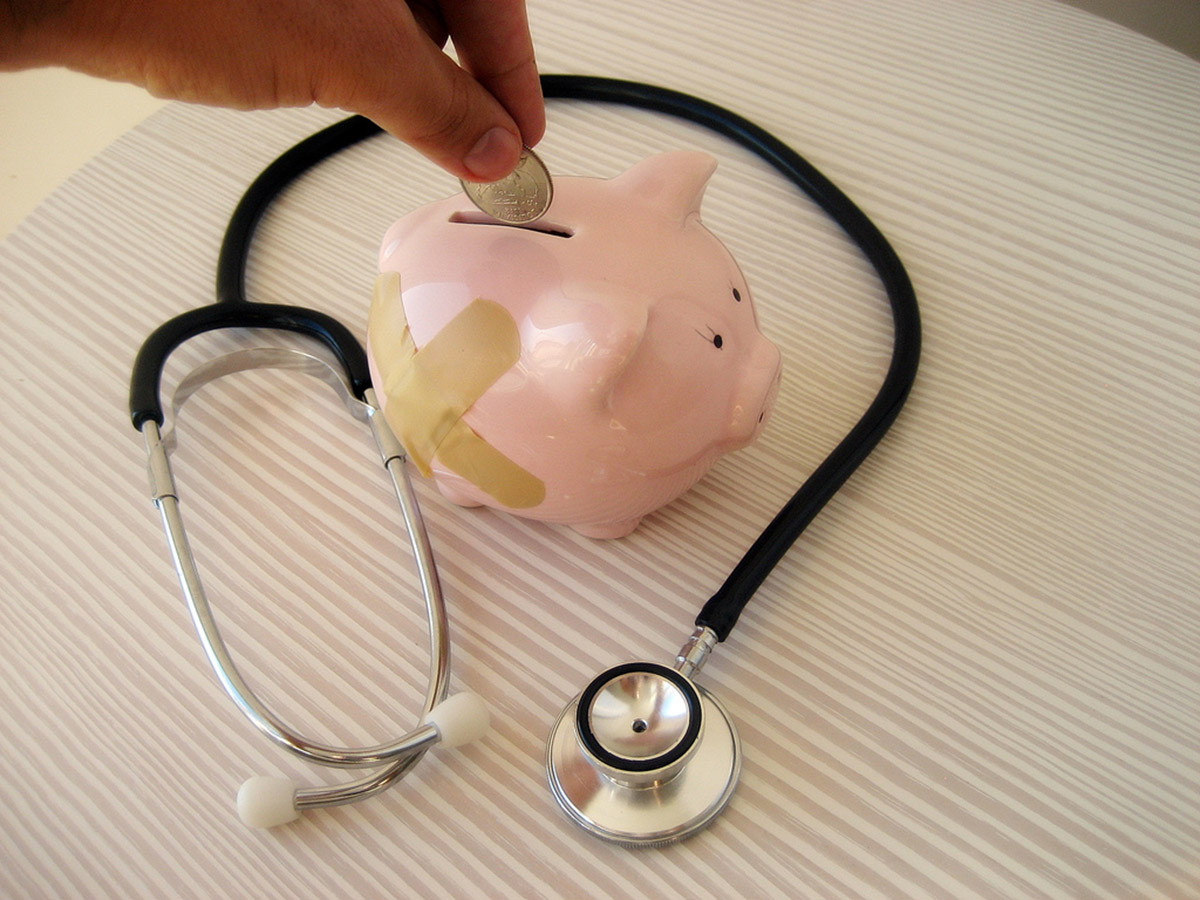Table of Contents
Insurance companies and drug companies have stacked the deck against private doctors providing cancer treatment. An oncologist in private practice has to buy the same drugs as the hospitals, but pays about twice as much for them. Hospitals can get a 50% discount on cancer chemotherapy agents through a federal program that private doctors cannot. Doctors have to buy all the chemotherapy drugs for a patient's course of treatment up front. If the patient dies, or develops severe complications necessitating a change in medication, or decides he or she just doesn't want to continue the treatment, the doctor is out the cost of the medications nonetheless, and may not be able to use them to treat another patient.

Missing Incentive Payments, Facing Greater Costs
Making matters worse for the doctor, insurance companies pay more for the same services from hospitals, often about twice as much, as they pay private doctors. Hospitals get incentives for staying open 24 hours a day for treating patients who do not have health insurance.
The Affordable Care Act imposes the same reporting requirements on doctors as it does on hospitals, even though doctors have fewer resources to deal with the paperwork. There is an incentive of about $8,000 a year from the federal government to doctors to make changes in their medical records systems, but this is only a small part of the cost of even one employee.
What Pressures on Oncologists Mean for Cancer Patients
Financial pressures on oncologists force many of them to close their offices, or to offer patients with different levels of financial resources different levels of care. A doctor might decline to treat patients who do not have insurance or patients on Medicaid or Medicare. The doctor may tell a patient, sorry, you need to take your infusion of chemotherapy at the hospital, because giving the patient chemotherapy at the office actually costs the doctor money, sometimes $200 to $500 a treatment.
Moreover, private oncologists are likely to be hesitant to prescribe expensive cancer drugs that come with fewer side effects. It's not unusual for the latest cancer treatments to cost between $7500 and $15,000 (US) a month. Your doctor isn't going to plunk down $180,000 for a year's medication for you without some assurances of getting reimbursement.
The answer seems to be to find an oncologist who still manages his or her own office and pharmacy, but who has entered a partnership with a hospital. Seeing your oncologist in a private clinic makes it a lot less likely that you will suffer the hassles and delays that are inevitable in hospital settings. On the other hand, because your doctor has access to more services and more treatments at lower prices, you are more likely to get the treatment that works best for you with the fewest side effects at the earliest stage of treatment.
See Also: Chemotherapy And Cancer: Questions And Answers
Just be sure that your health insurance covers not just your oncologist, but also the hospital with which they have partnered. Both your doctor and your doctor's hospital need to be in-network for hassle-free access to treatment.
- Nelson, R. Cancer Clinics Closing: Community Oncology 'Near Crisis.' Medscape Medical News. 27 June 2013
- The Advisory Board. Private cancer docs say they're getting forced out of business. 3 December 2014.Photo courtesy of HollywoodPimp via Flickr: www.flickr.com/photos/sdickter/3563942140
- Photo courtesy of 401(K) 2013 via Flickr: www.flickr.com/photos/68751915@N05/6793817419
- Mind map by SteadyHealth.com


Your thoughts on this